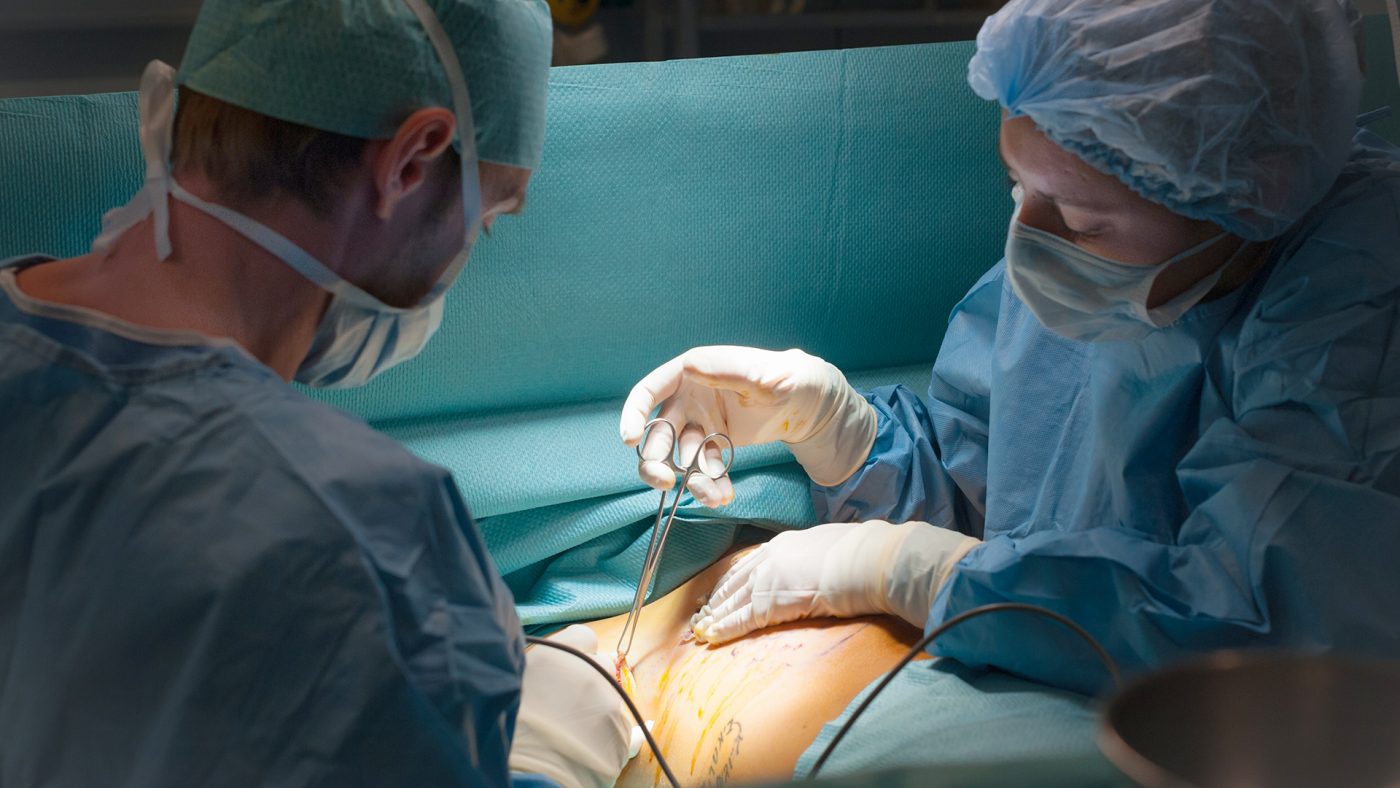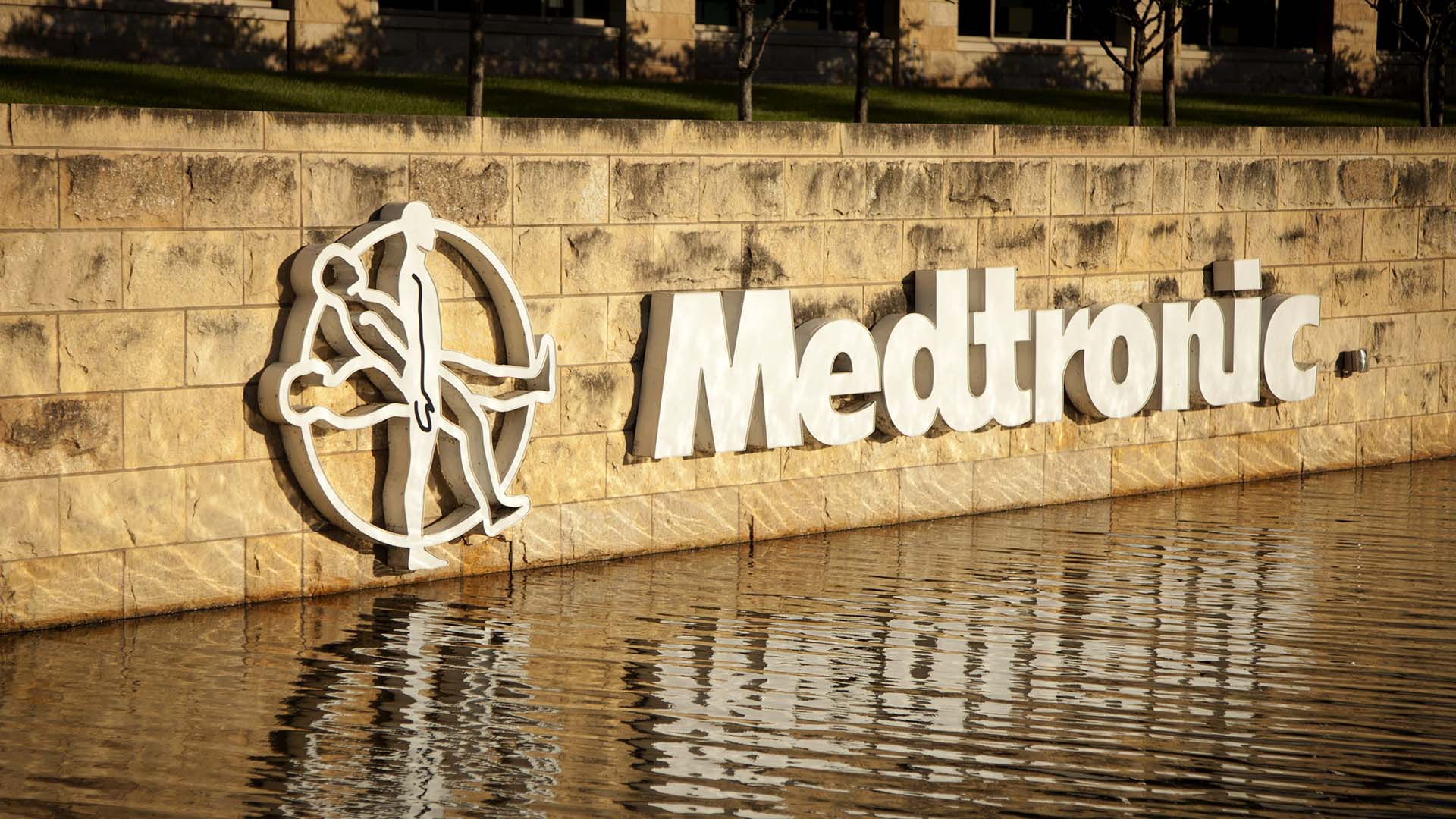The following was written for and first published in the Investigative Reporters and Editors magazine in April 2019.
The largest cross-border health care investigation in history began in the produce section of an Amsterdam grocery store.
Jet Schouten, a reporter for Dutch public television, had heard from dozens of women who suffered bleeding, pain and other life-altering complications after they were implanted with a medical product called transvaginal mesh, commonly used to hold reproductive organs in place. Her reporting led her to question how these problematic mesh products were approved for sale in Europe — and to the supermarket. To show that implants are often approved without safety testing, she created a bogus application for a mesh product with photos she took of a polypropylene bag used to hold mandarin oranges.
Among other obvious flaws, her application said 30 percent of women receiving the product would be permanently injured. Three notified bodies — for-profit entities that device companies pay to evaluate new products in Europe — reviewed the application, but none flagged any safety concerns. (Formal approval would have required proof of a factory to produce the devices, which of course didn’t exist).
Schouten came to the International Consortium of Investigative Journalists in late 2016 with an idea to build on her reporting: a cross-border examination of the medical device industry, the government authorities charged with overseeing it and the ramifications of medical-product mishaps for real people.
ICIJ is a newsroom and a network. We utilized both roles to assemble an investigative team that grew to include more than 250 journalists in 36 countries.
Unlike our past global investigations — the Panama Papers and Paradise Papers — where we started with millions of leaked files, the Implant Files was built from the ground up. Over the course of nearly a year, we filed more than 1,500 public records requests and spent countless hours collecting and analyzing data obtained from the U.S. Food and Drug Administration and other health authorities.
We didn’t always get what we wanted. In the European Union, regulators claimed disclosing raw patient harm reports would give away confidential commercial information. Reporters in Mexico submitted 964 requests that produced only 44 responses.
But the work paid off: Our partners at the Canadian Broadcasting Corporation obtained, for the first time, data on “adverse events” — injuries, deaths and other device-related problems — from the national regulatory agency after two years of fighting. In Finland and Spain, ICIJ’s partners obtained device recall and safety alert data that were not previously available to the public.
The reporting team eventually gathered more than 8 million records, which form the bedrock of our investigation. The greatest trove was 5.4 million reports sent to the FDA over the last decade on suspected device-associated deaths, serious injuries and malfunctions.
ICIJ data journalists deployed machine-learning algorithms to screen millions of adverse event records and identify 500,000 reports that described an “explant” — the potentially deadly removal of a defective device.
Again and again, our reporting turned up examples of implants pulled from sale in some countries for safety reasons, even as they continued to be sold in others. Because no global resource for recalls and safety notices exists, ICIJ decided to build one. The International Medical Devices Database gathered records — more than 70,000 so far — into a searchable portal that allows anyone to discover whether a device was flagged for official concern.
ICIJ journalists and our partners examined dozens of medical devices. Some, we explored in depth: implantable pain pumps that can malfunction, triggering cycles of overdose and withdrawal; breast implants that leak, rupture and cause hidden agony; spinal cord stimulators meant to treat back pain that can shock and burn.
But with thousands of products on the market, many with seemingly endless iterations that stretch back a decade or more, we only scratched the surface. We want other journalists to build on our reporting. Here are some lessons we learned along the way.
There’s no such thing as a risk-free medical implant.
Manufactured products may break, or malfunction. Doctors can make mistakes implanting them. Once inside the body, a device may trigger an allergic reaction or autoimmune response. None of these outcomes is necessarily evidence of a systemic problem.
Some devices break, rupture, misfire or otherwise fail to work as intended more often than they should.
ICIJ’s investigation focused on devices identified by researchers, regulators, patient advocates, or manufacturers as posing an outsized risk of harm. A question that dogged us throughout the investigation: How to quantify that harm?
For a variety of reasons — balkanized healthcare systems, spotty oversight and poor reporting practices — a definitive number of people injured or killed by any individual device simply cannot be determined. But adverse events collected by the FDA can help give a sense of the scope of the harm, and point to newsworthy stories.
Anyone can file an adverse event report, though most come from device makers. These reports describe events where a patient has experienced a potentially harmful medical device malfunction that may have contributed to a serious injury or death. The FDA cautions that conclusions about a device’s safety or role in an injury or death cannot be made from adverse events alone.
But the agency itself uses the reports to help it identify potentially dangerous problems, and ICIJ’s analysis of the data generated two whopping numbers: more than 1.7 million suspected injuries and nearly 86,000 deaths linked to medical devices over the last decade.
The reports can also identify patterns and trends, which spurred us to examine implants associated with high numbers of injury reports that we might have otherwise overlooked.
Data can help explore the story systematically.
One of the sources with the largest number of data linked to medical devices in the U.S. is the FDA’s Manufacturer and User Facility Device Experience (MAUDE) database. It contains millions of reports — more than 5.4 million sent to the FDA over the last decade — on suspected device-associated deaths, serious injuries and malfunctions. Most are from the U.S., but the FDA also receives foreign reports.
It is possible to search for reports online for brand name or manufacturer over a period of time. Unfortunately, the online system has a limit of showing 500 results at a time. Downloading the entire database is the best way to explore and analyze it.
Keep in mind:
- Devices and companies are listed under a variety of spellings and names.
- A report key number serves as a unique identifier for events. It is required to avoid double counting.
- To link events to a specific company, check all of its subsidiaries and the events linked to them.
- Event descriptions in a narrative format may contain rich details that are not always reflected in the structured data.
Approval and recall data is also available. And we used the Centers for Medicare & Medicaid Services “Open Payments” search tool to research payments from device companies to physicians.
Machine learning can help explore millions of records in a different way.
ICIJ used machine learning to identify devices that were later explanted as well as death reports that were not categorized as such by the reporters of an adverse event. The process involved refining and also manual checks done by journalists to verify the results.
ICIJ found 2,100 cases where people died, but their deaths were classified as malfunctions or injuries. Of these, 220 reports showed that devices may have caused or contributed to the deaths. The other reports did not include enough information to determine conclusively if the device played a role in the patients’ deaths.
Recalls can be evidence of a serious problem, but not all recalls are equal.
Recall data and other safety notices — easily searched using ICIJ’s new database — can also point to medical devices with life-threatening flaws.
One example: In 2016, St. Jude Medical issued a global recall for an implantable defibrillator with a defective battery that affected nearly 350,000 patients. In the U.S., this was deemed a “class one” recall by the FDA, the most serious kind.
The agency reserves this rating for defects deemed to pose a “reasonable chance” of “serious health problems or death.” Some class one recalls can be easily remedied — through software updates, for example. Other class one recalls are far more serious and spur some patients to have an implant removed in procedures that pose risks of their own. Our analysis of adverse event reports, which are mostly from the U.S., indicate that the St. Jude recall led to at least 12,000 explant surgeries.
Recall data can help you unearth strong public interest stories — but remember: Not all problematic medical devices are recalled.
Medical literature can identify alarming trends that doesn’t attract wide notice.
In 2007, a Minnesota cardiologist published a study showing a defibrillator called the Sprint Fidelis was failing at a higher-than-expected rate. Its maker, Medtronic, recalled the device a few months later, citing five deaths that may have been caused by fractured wires that connect to the heart.
Two years later, the company bumped up the death toll to 13. After that, the device all but vanished from the news — but remained in more than 200,000 patients.
An ICIJ literature review pointed to harm that far exceeded what Medtronic had acknowledged. A French study of 1,000 patients, for example, showed that the connectors on more than one in five devices fractured after five years, and that younger, more active patients were especially vulnerable.
An ICIJ analysis of FDA adverse event reports in the last decade linked Sprint Fidelis models to more than 8,000 injuries and 2,000 deaths.
Lawsuits can also point the way. But a 2008 Supreme Court decision means there are fewer than you might expect.
It is much harder to successfully sue a medical device company than it used to be. In 2008, the U.S. Supreme Court ruled that if the FDA has ok’d a product through a pathway called premarket approval, people who claim harm can’t sue in a state court, shutting down untold numbers of lawsuits.
Even so, a basic legal search may reveal dozens or even hundreds of cases against manufacturers that can lead you to sources and stories.
Medical devices also provide tremendous benefits.
Most implants work as intended. They improve lives, and save them, in enormous numbers. But we found failures in how devices are approved and monitored that have harmed patients at a global scale.







